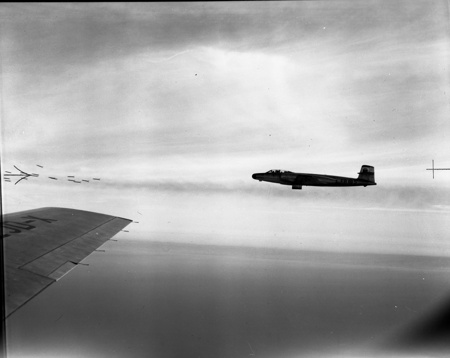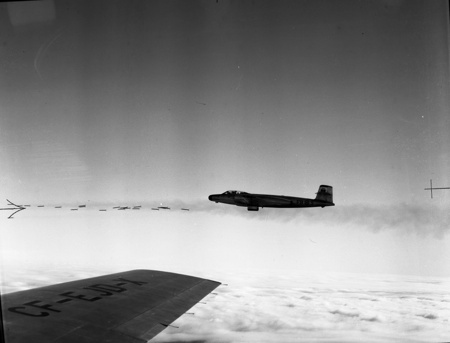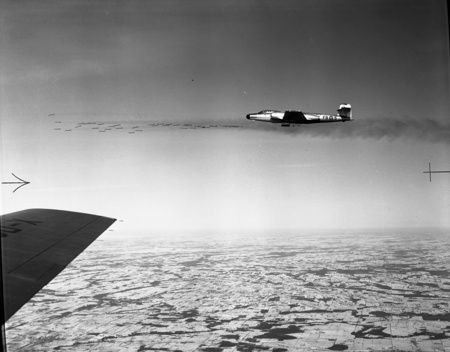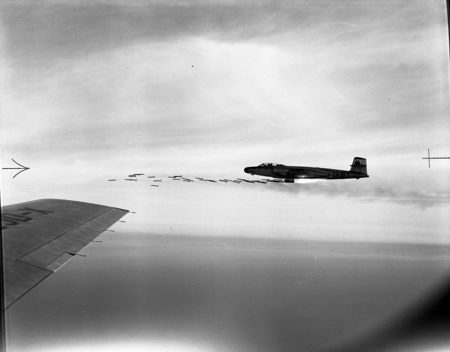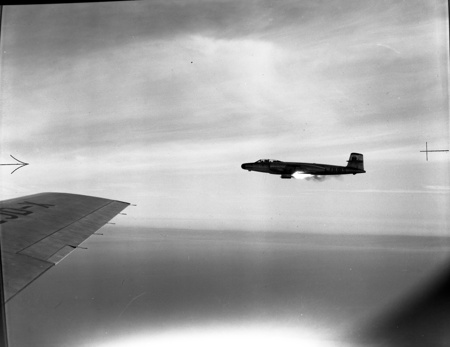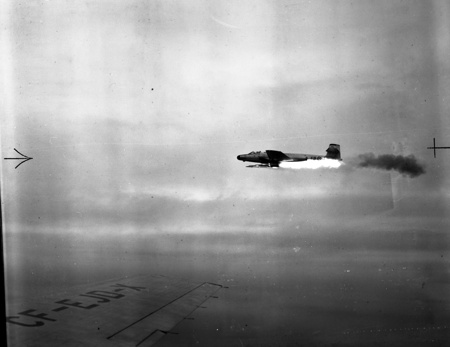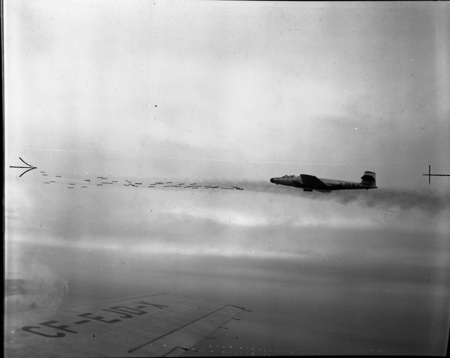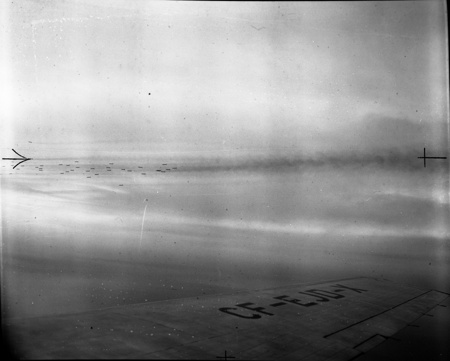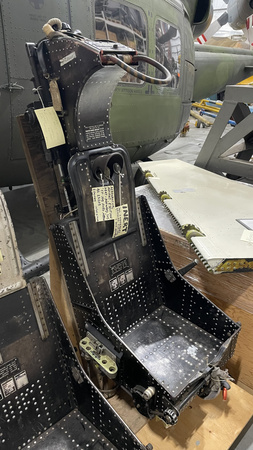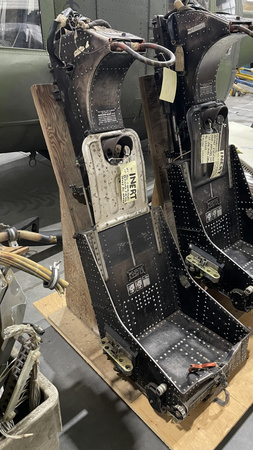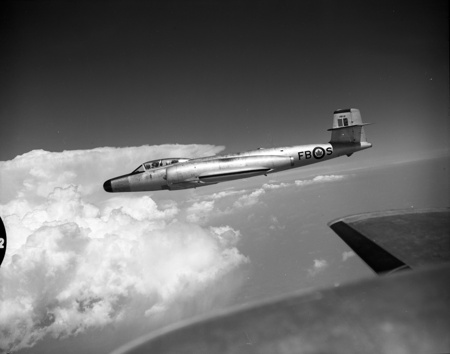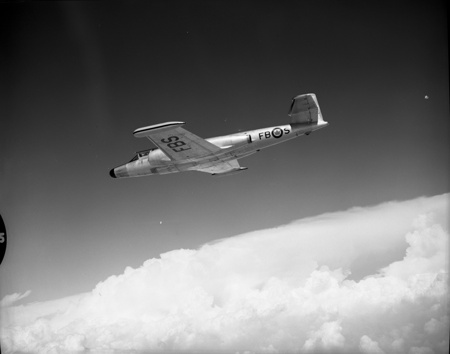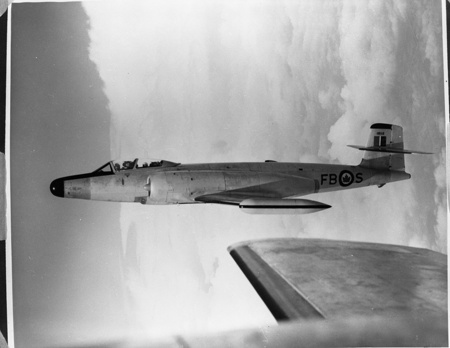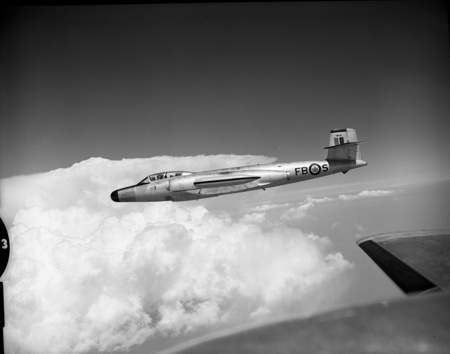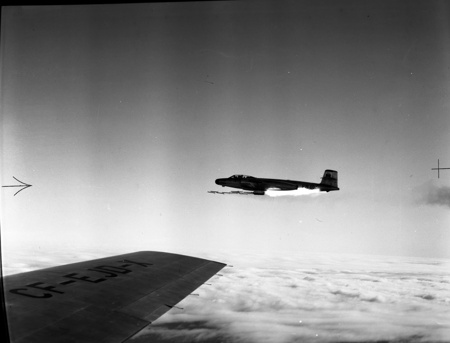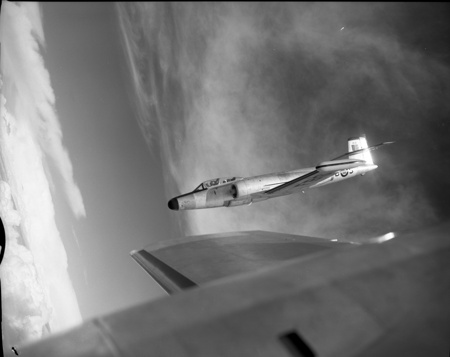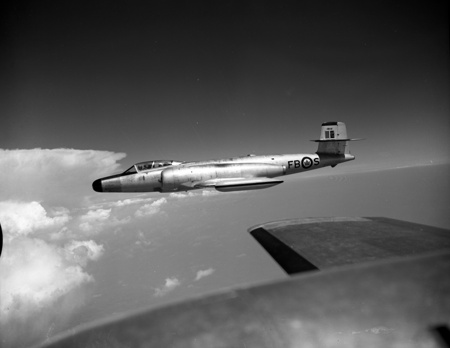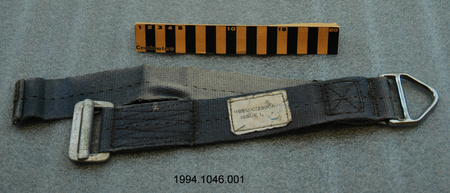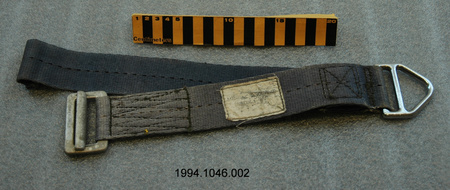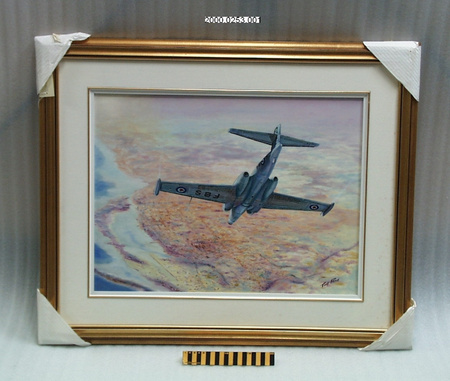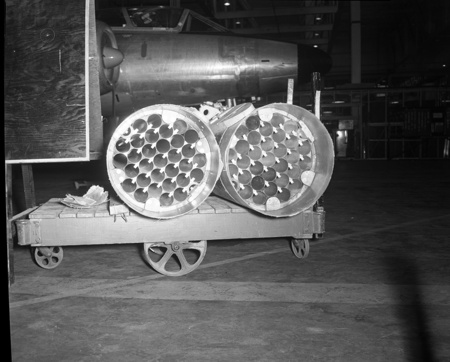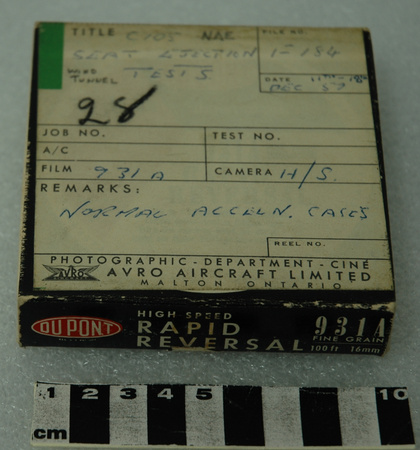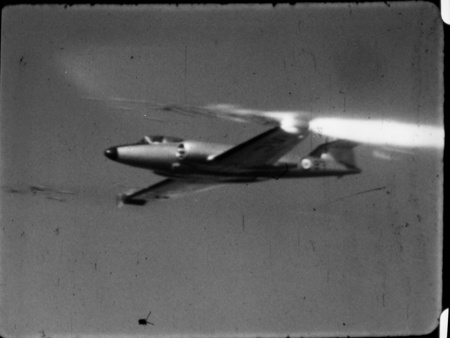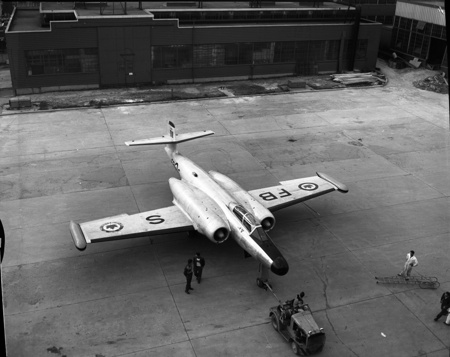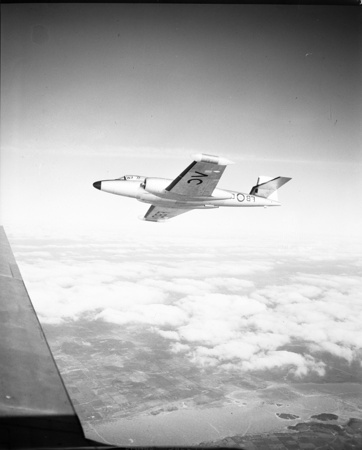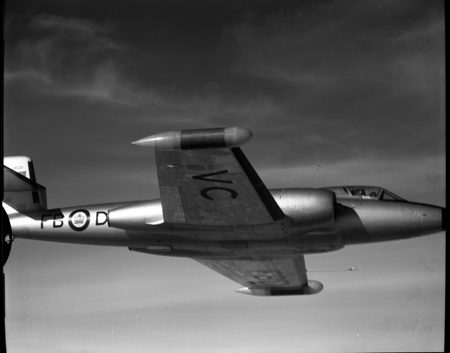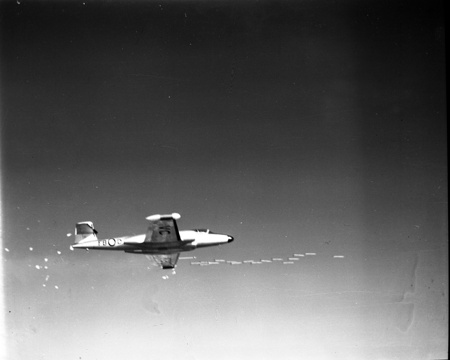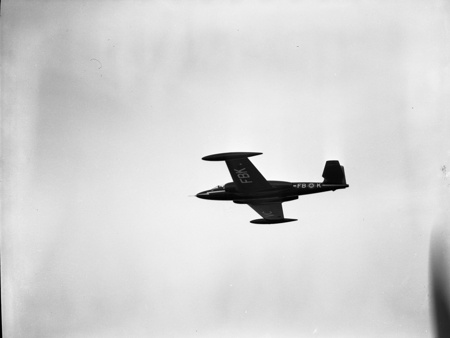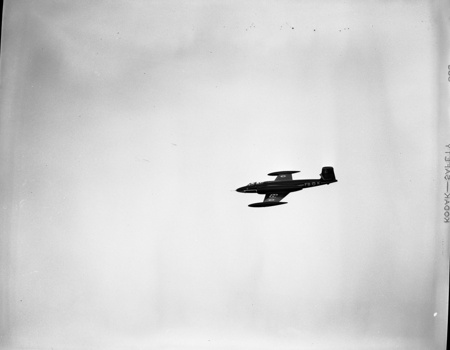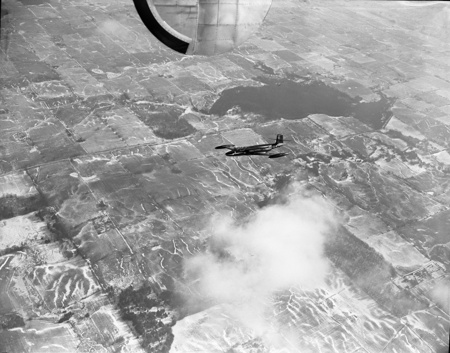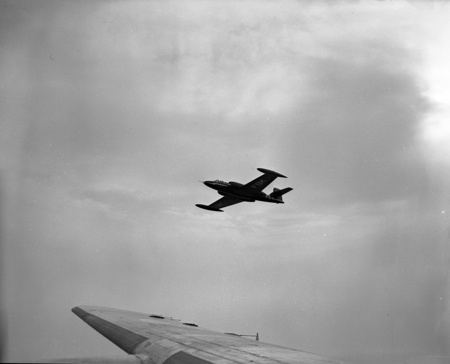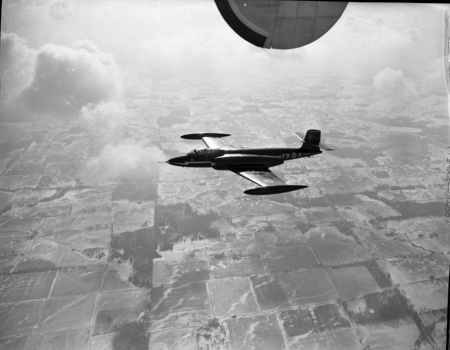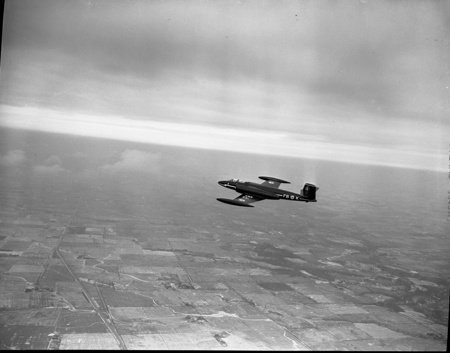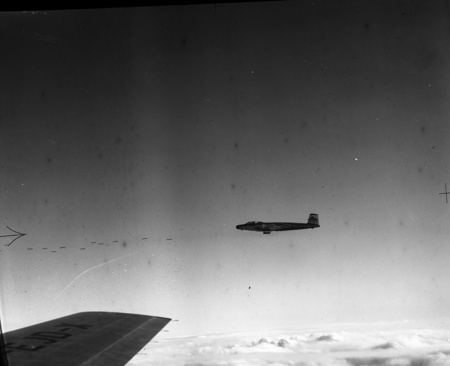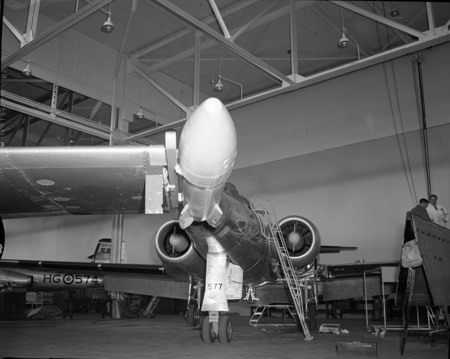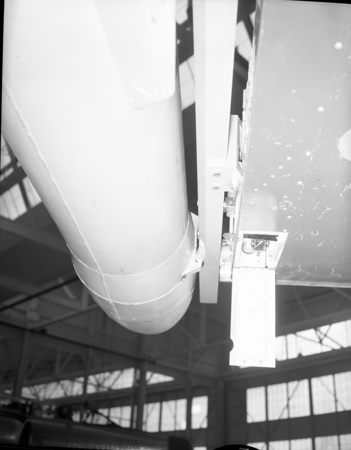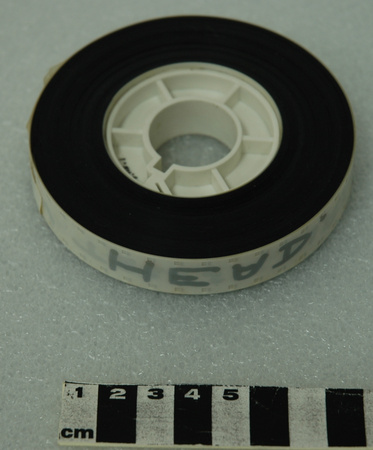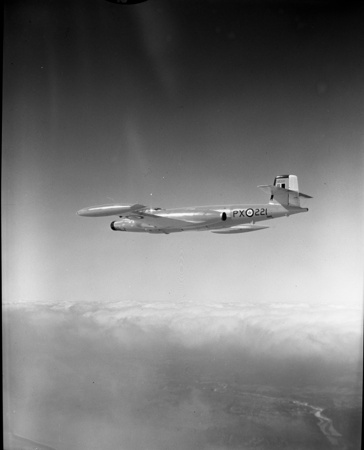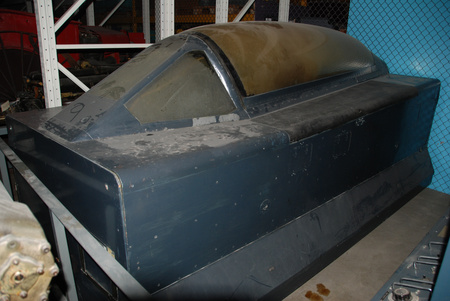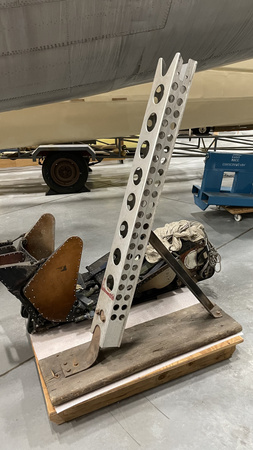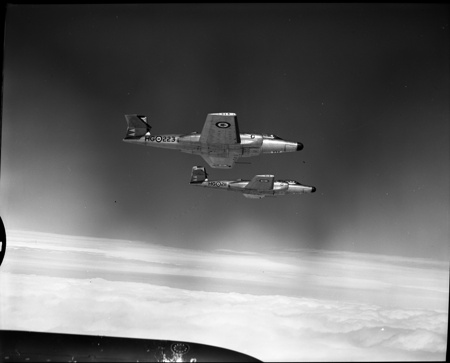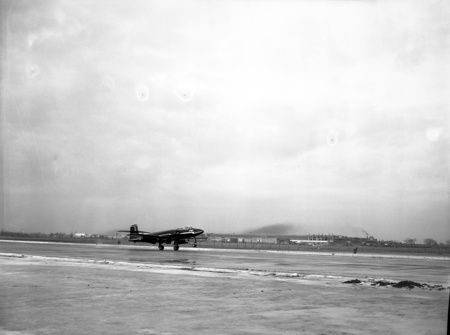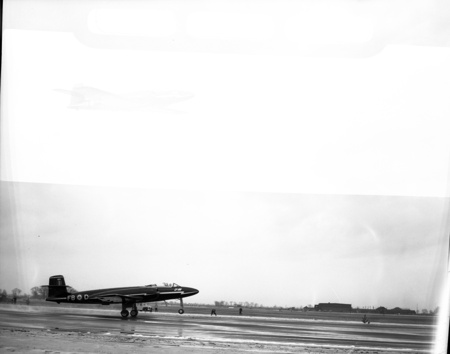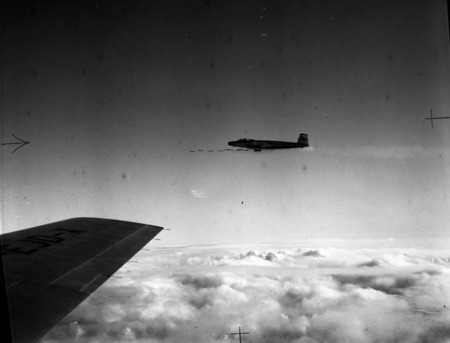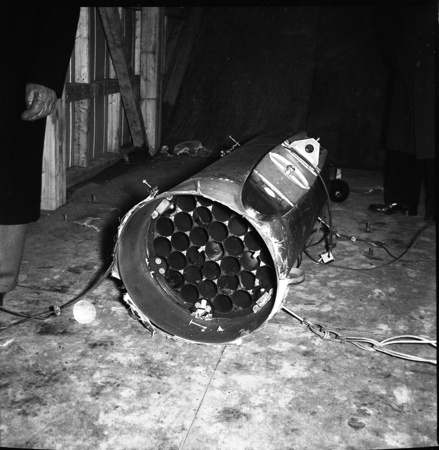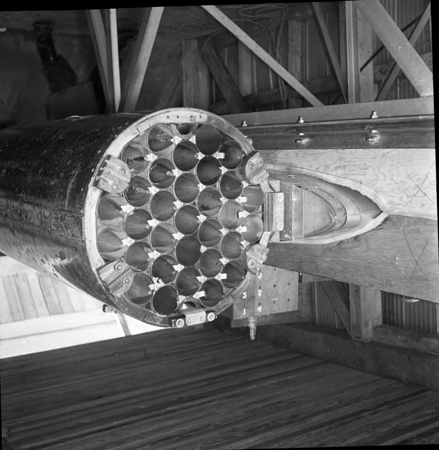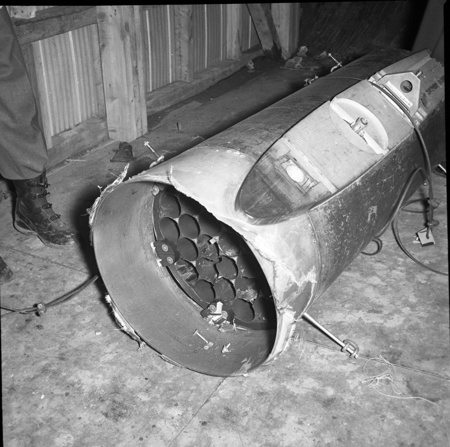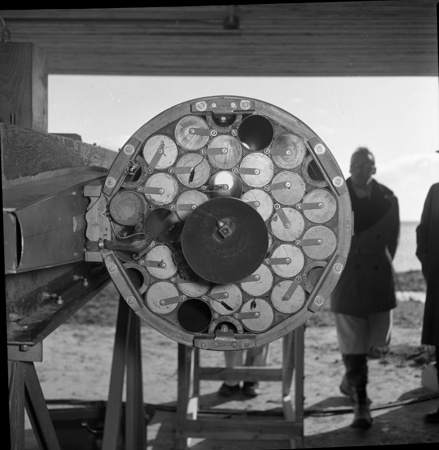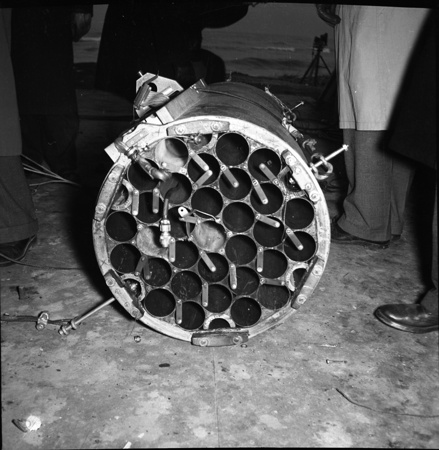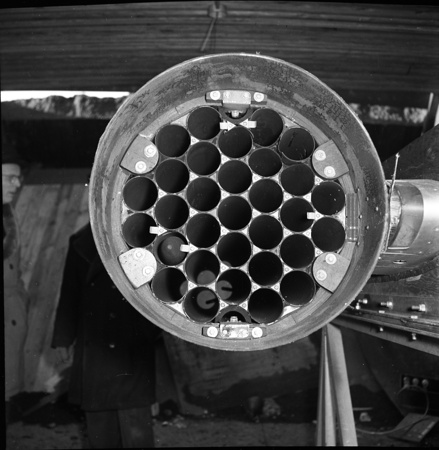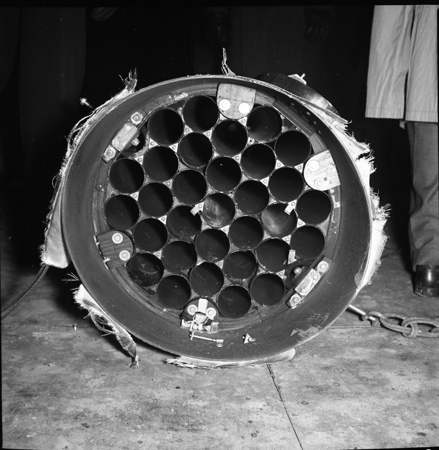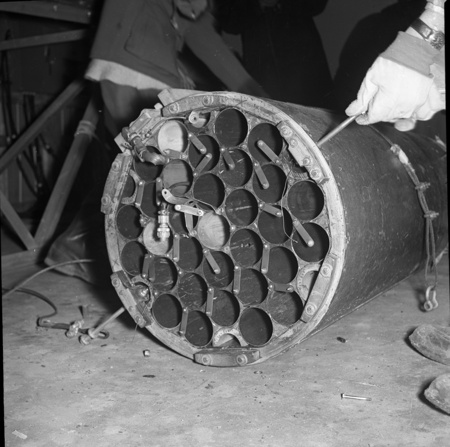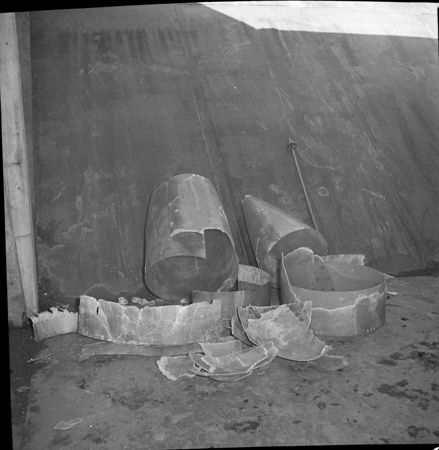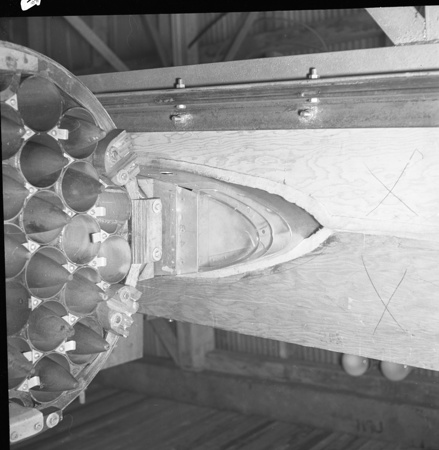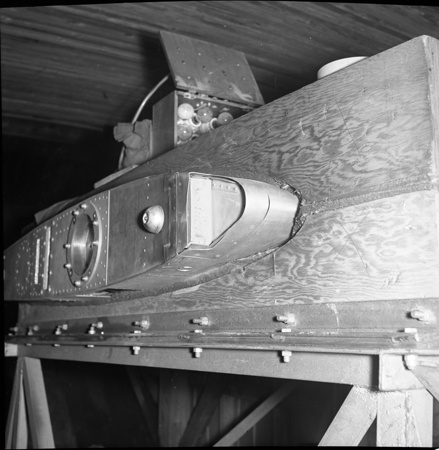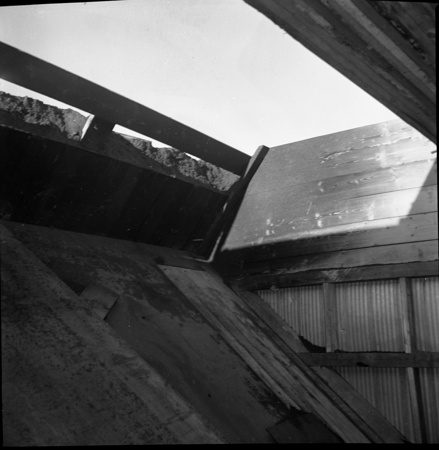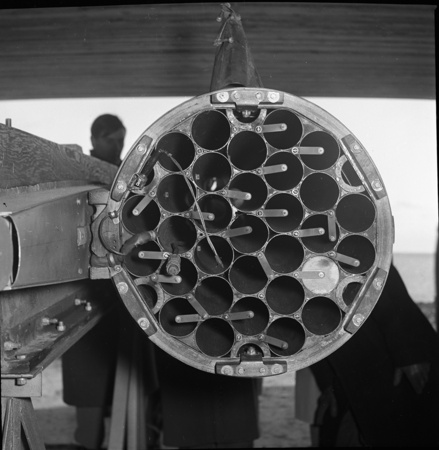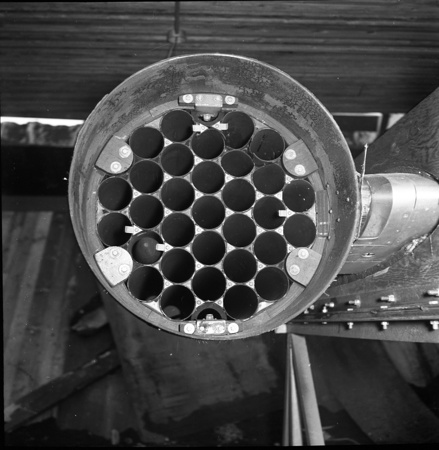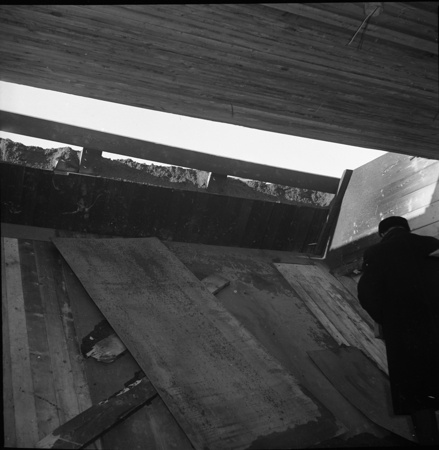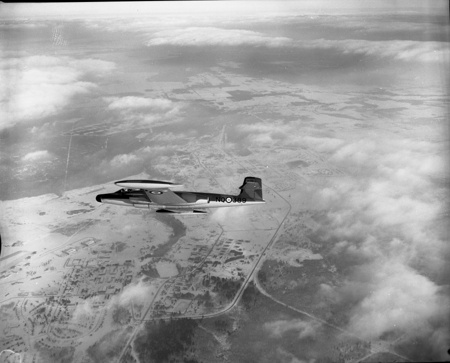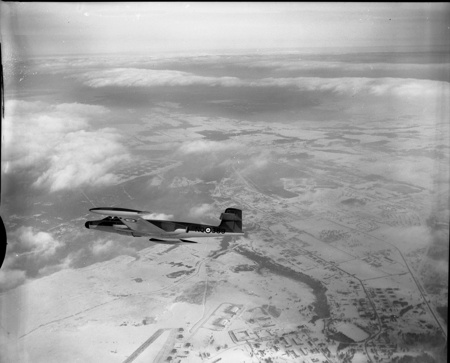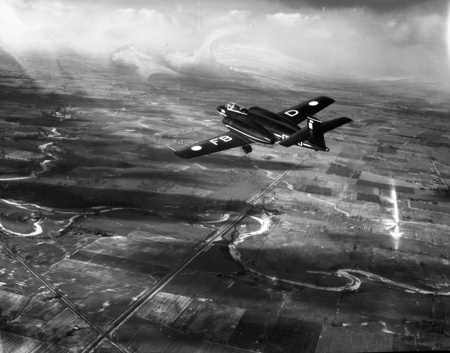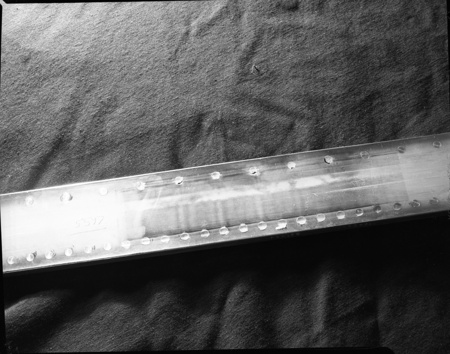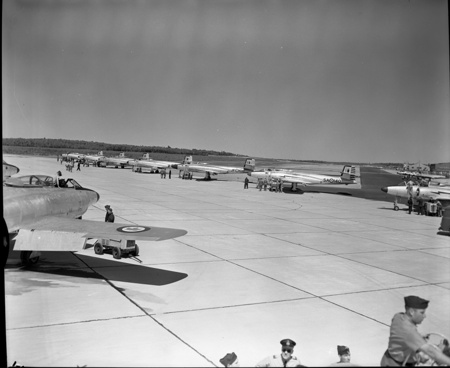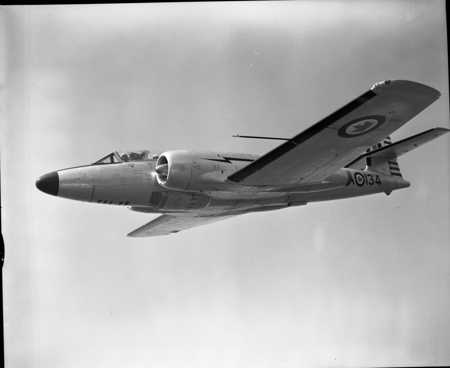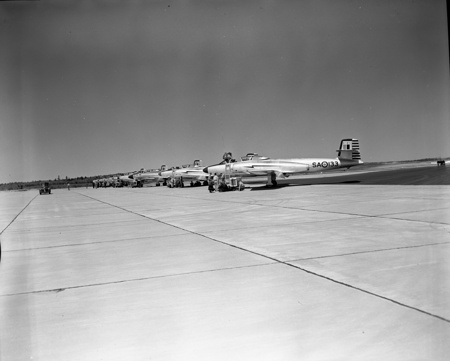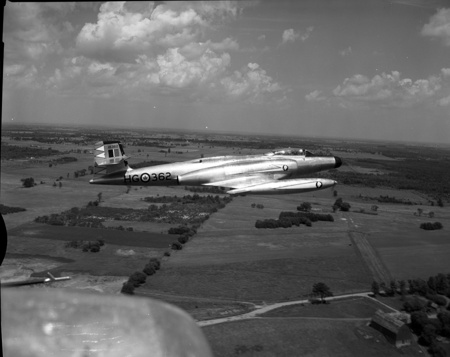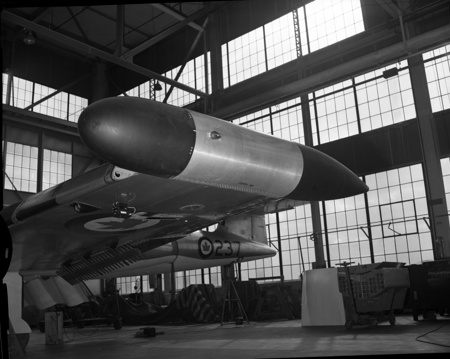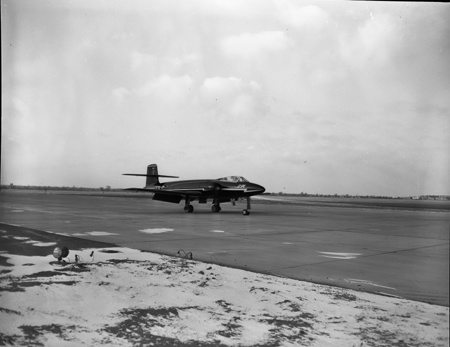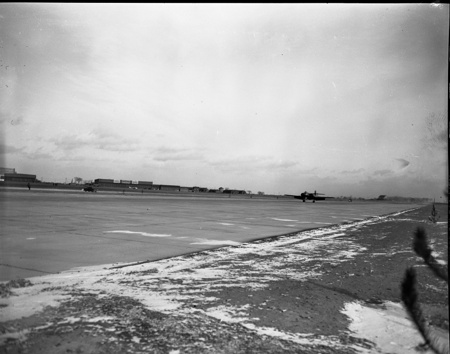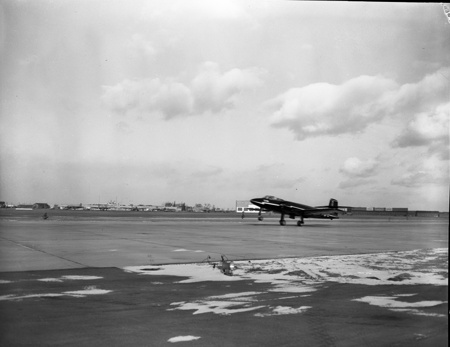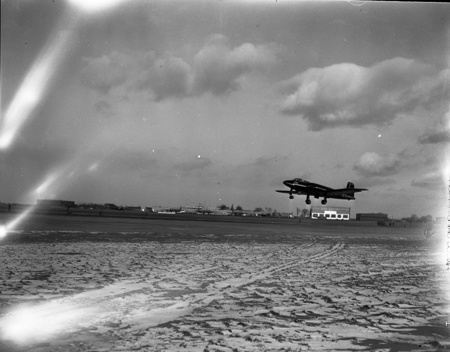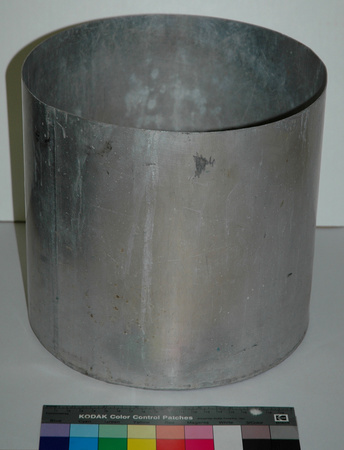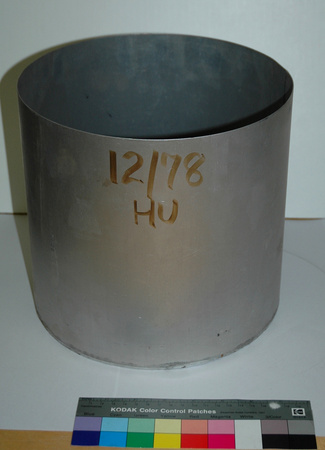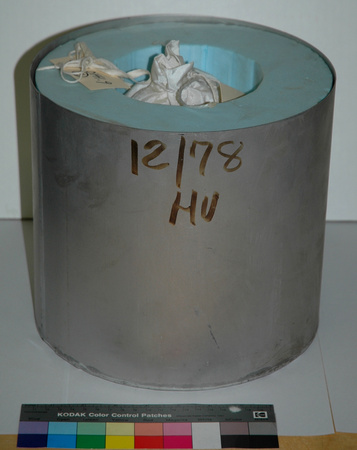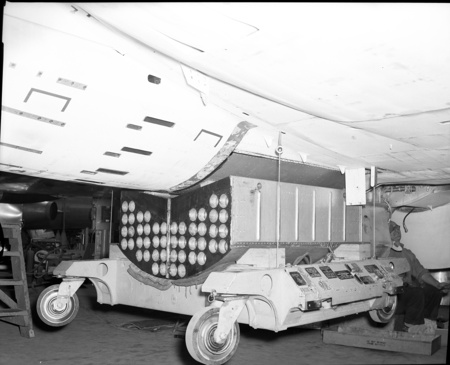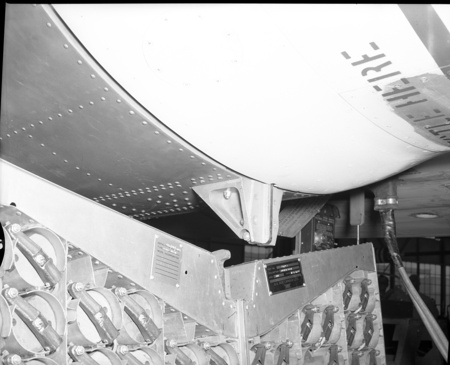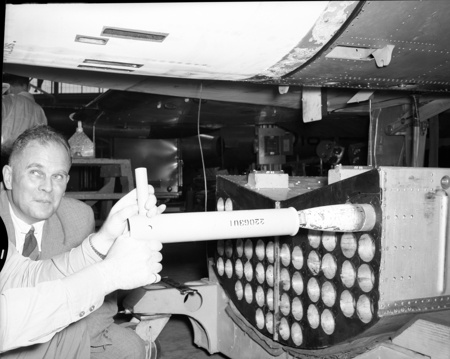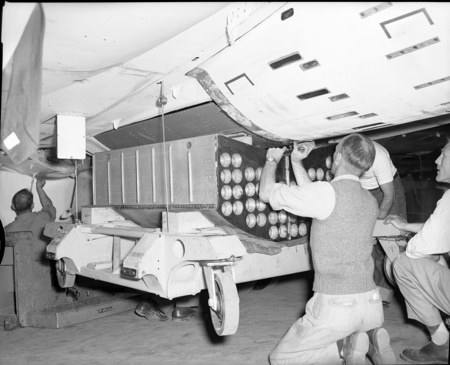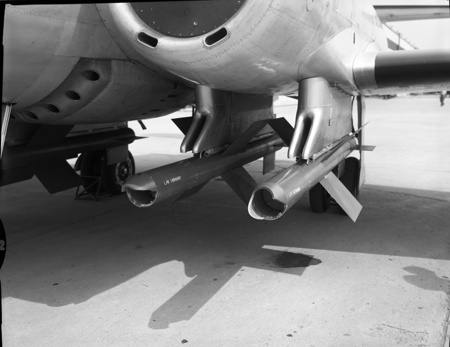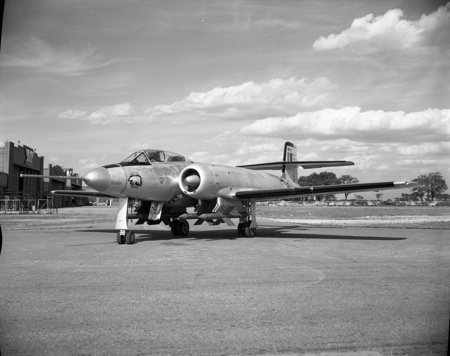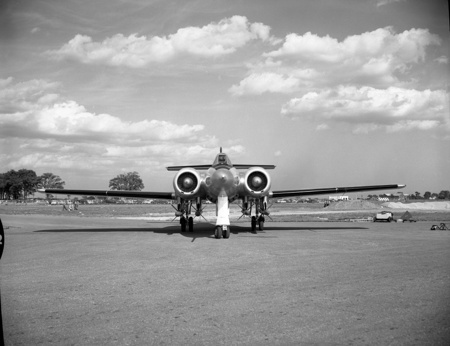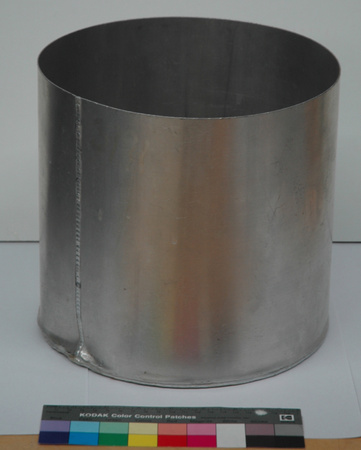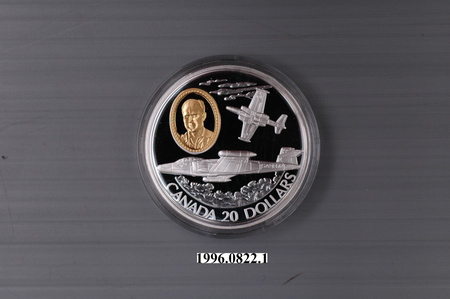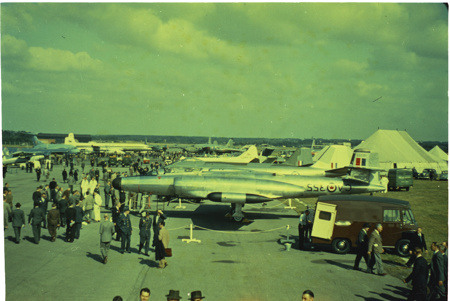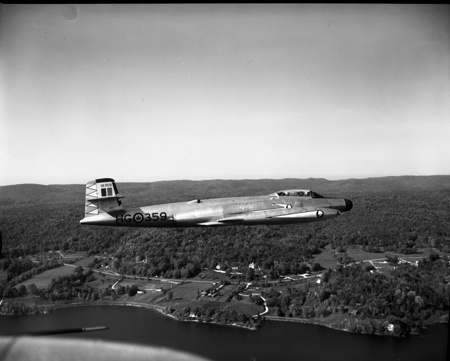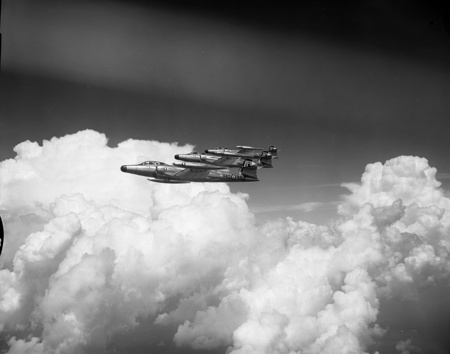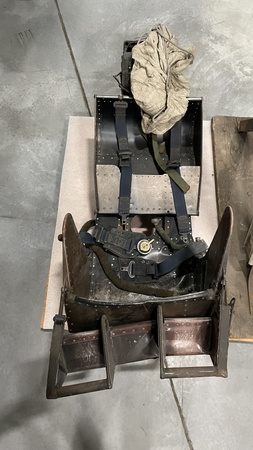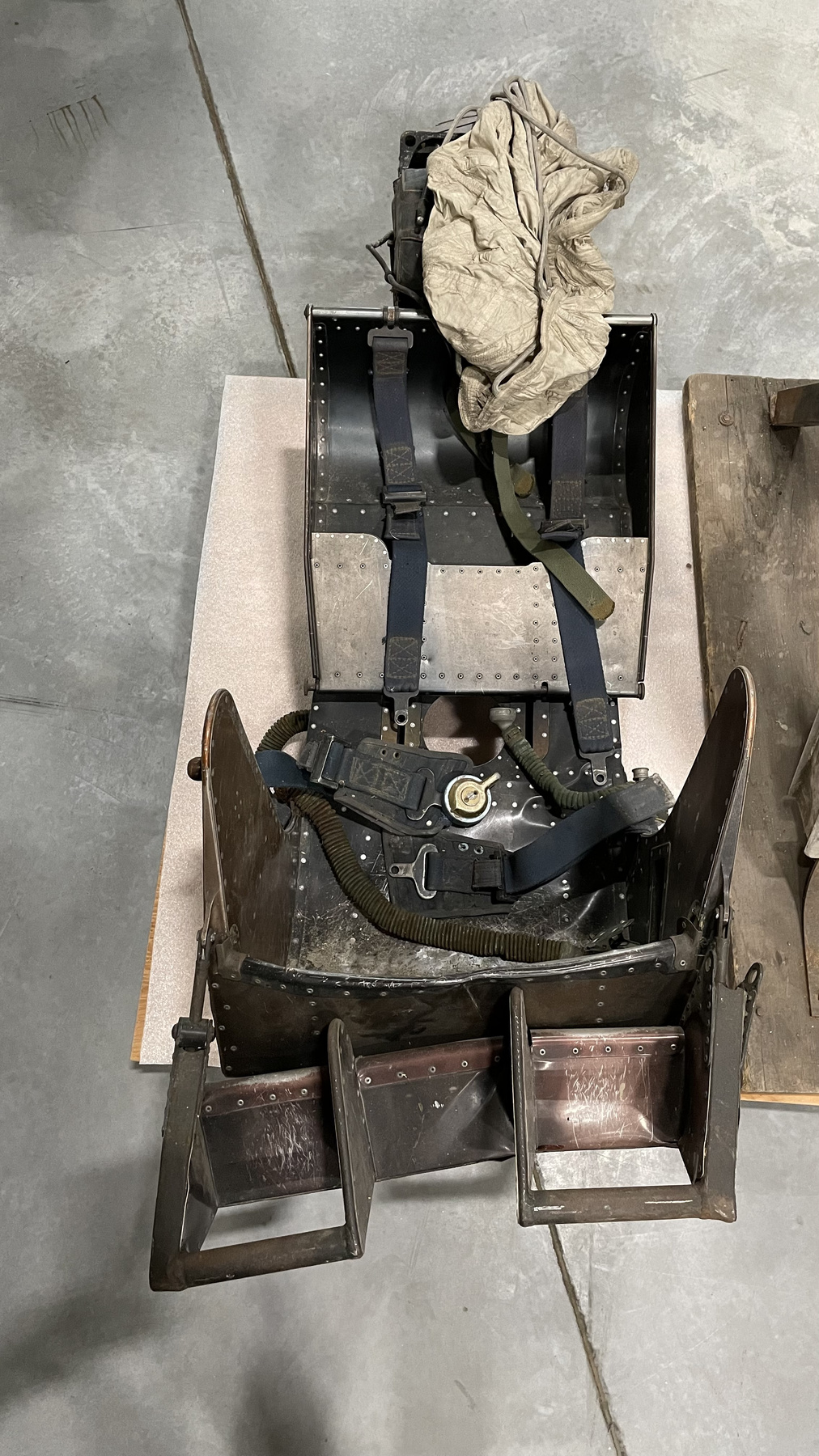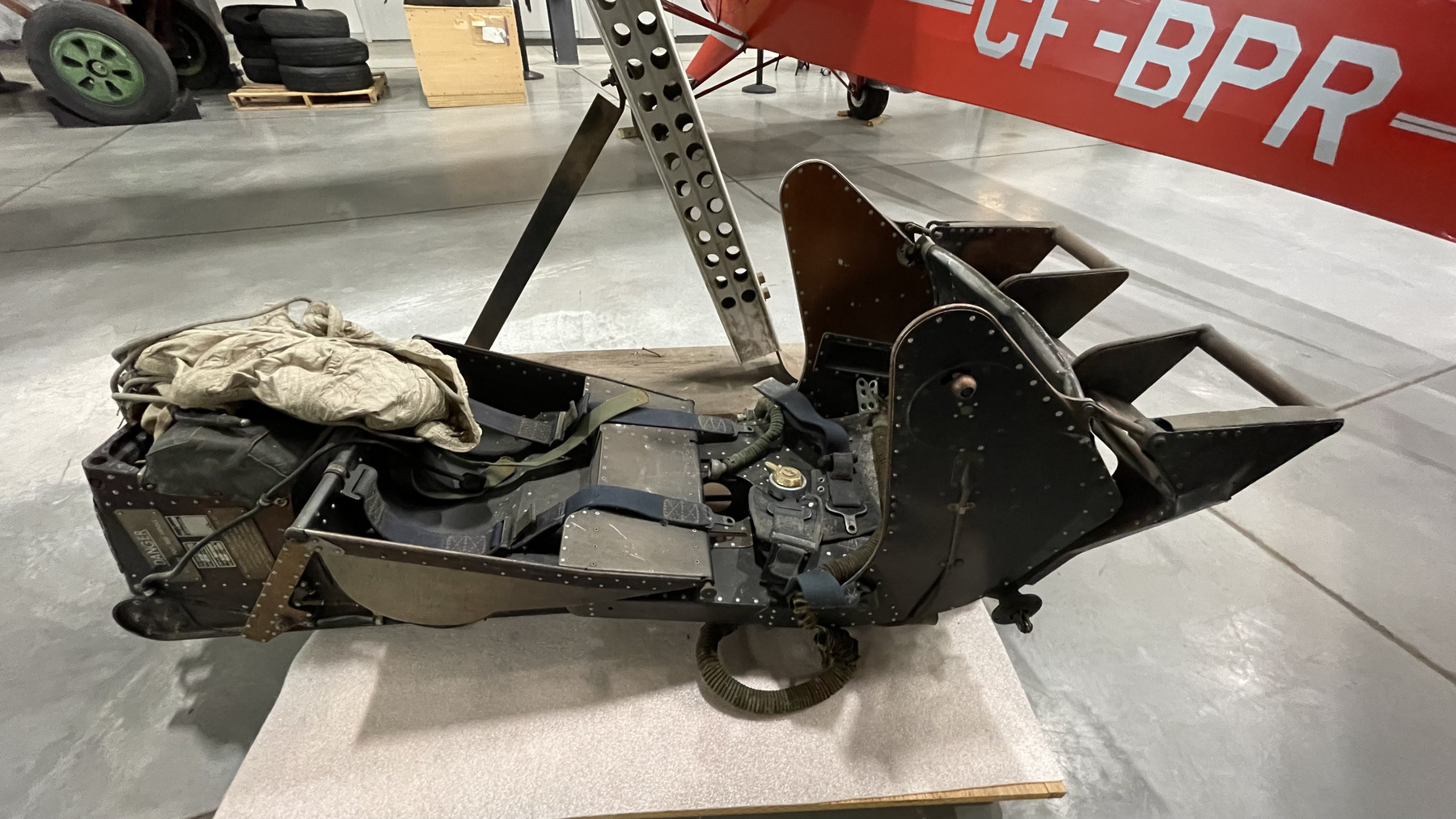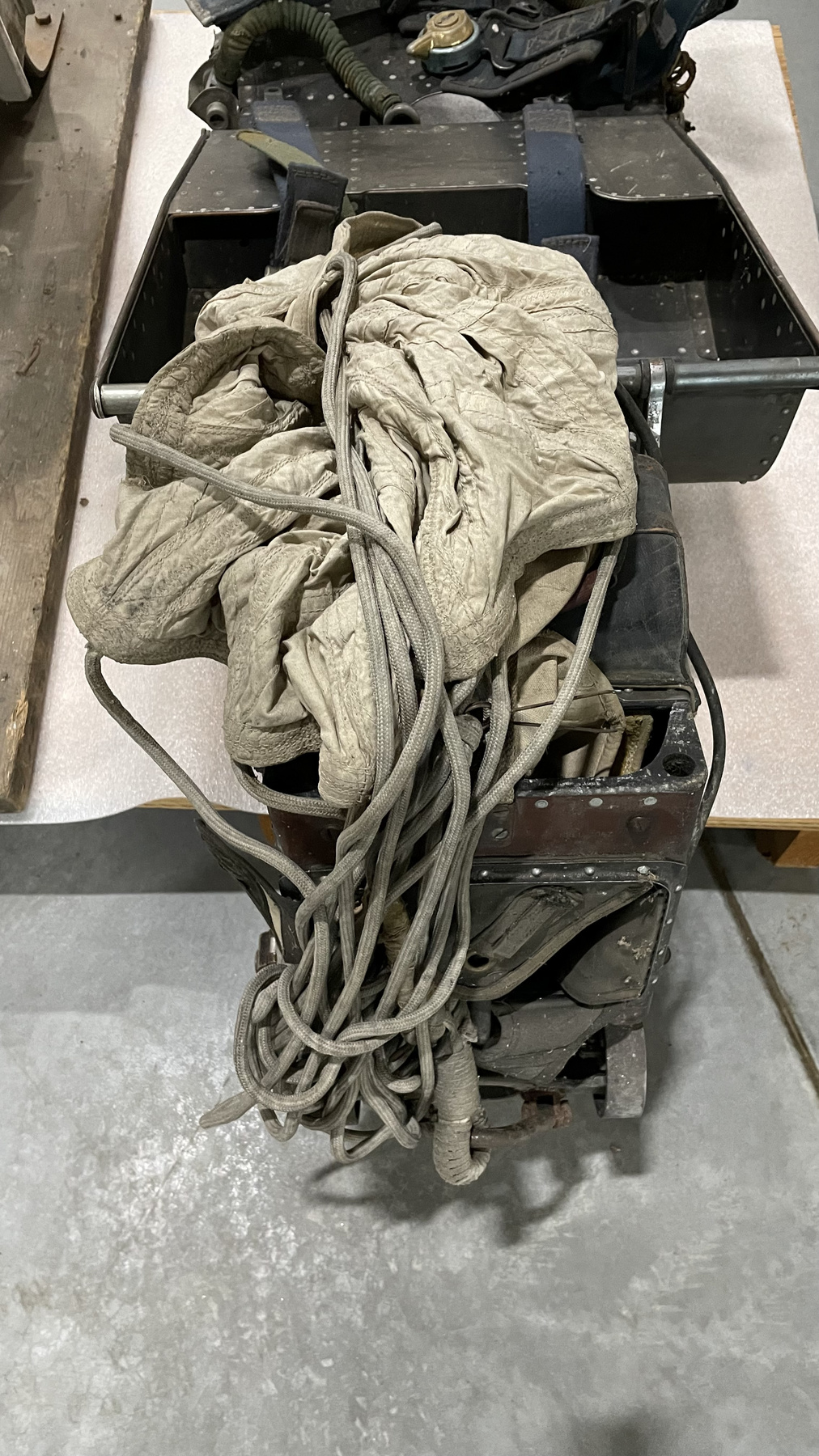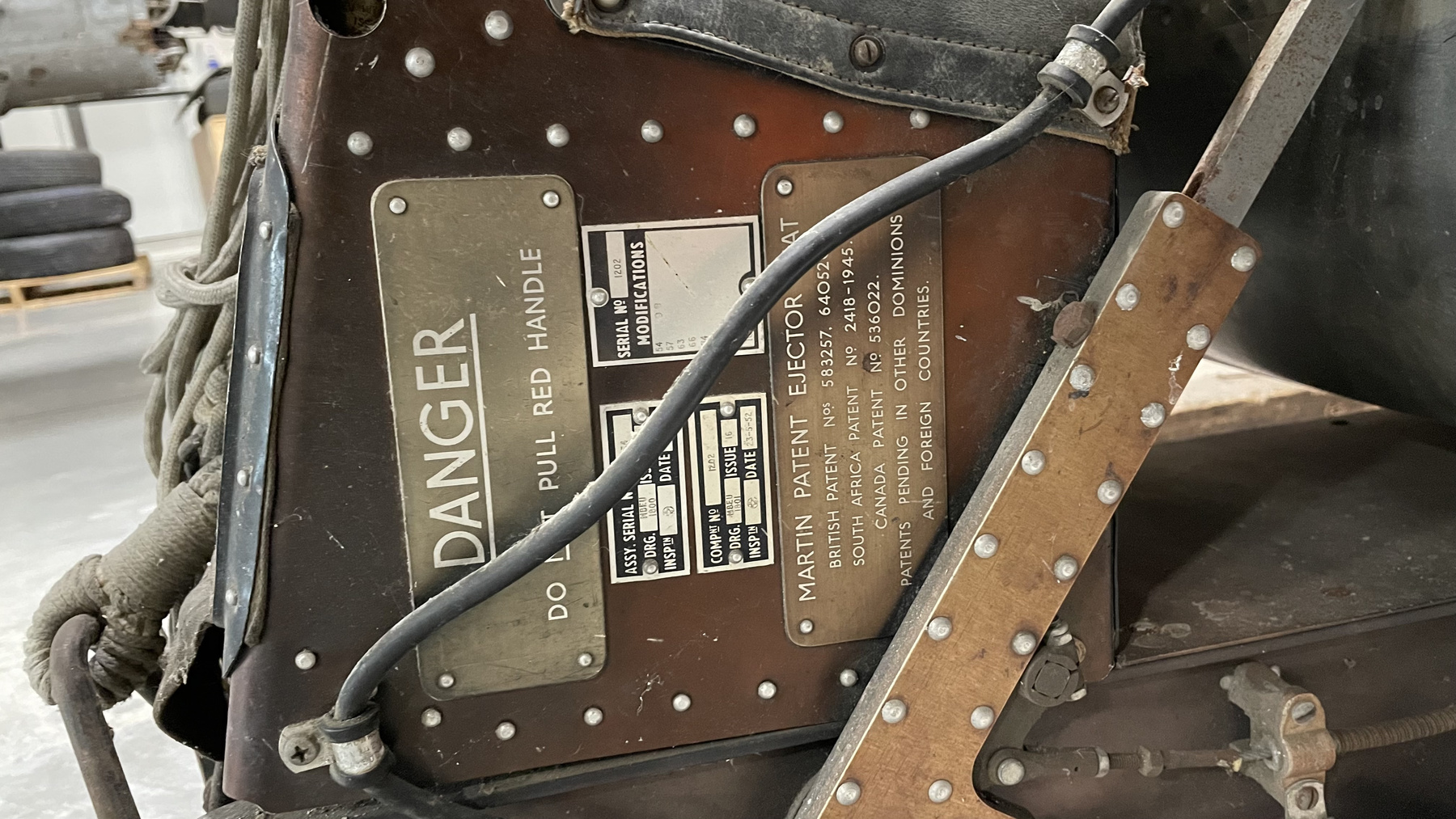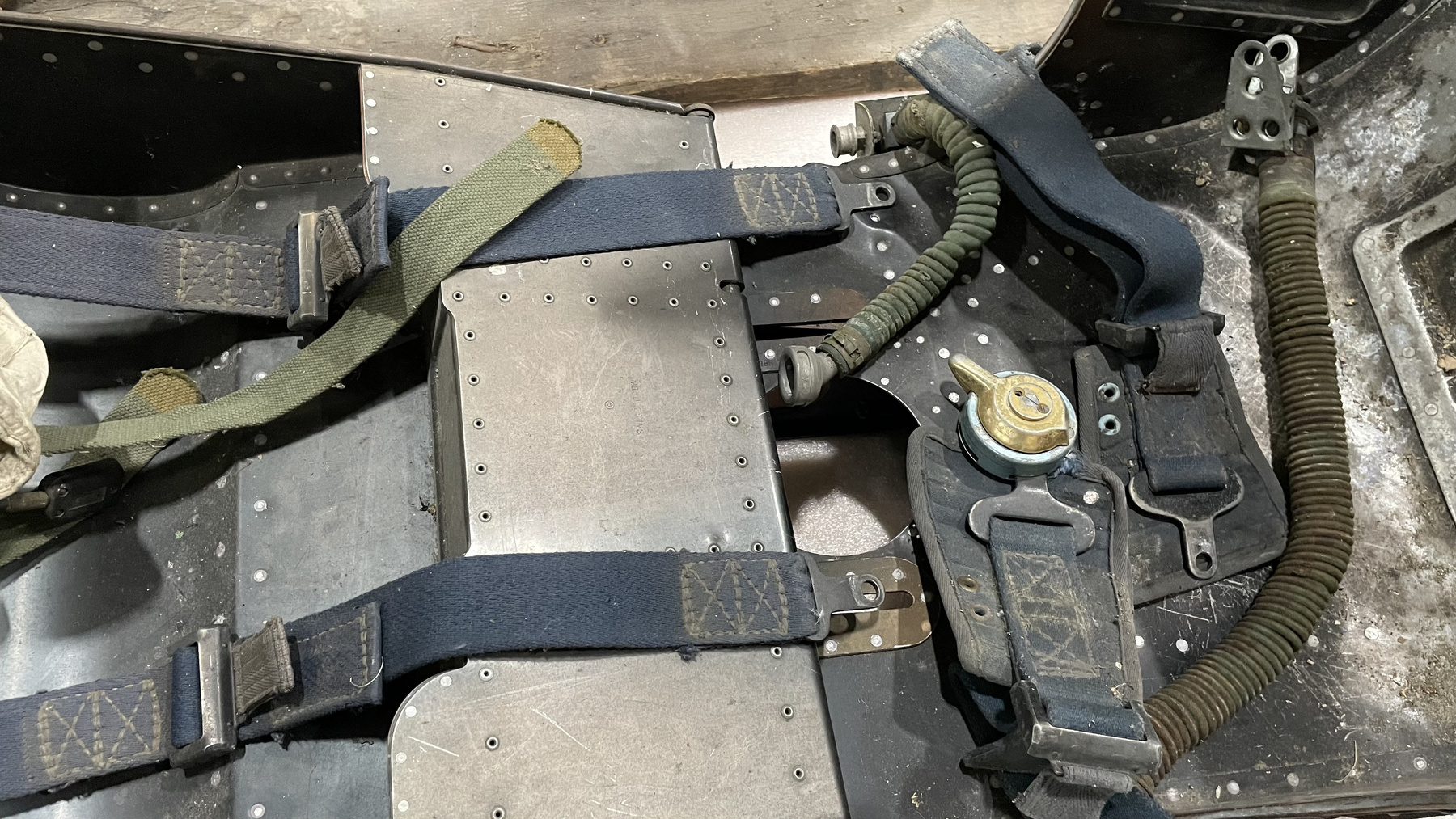Siège éjectable
Utiliser cette image
Puis-je réutiliser cette image sans autorisation? Oui
Les images sur le portail de la collection d’Ingenium ont la licence Creative Commons suivante :
Copyright Ingenium / CC BY-NC-ND (Attribution-NonCommercial 4.0 International (CC BY-NC 4.0)
ATTRIBUER CETTE IMAGE
Ingenium,
2016.0065.001
Permalien:
Ingenium diffuse cette image sous le cadre de licence Creative Commons et encourage son téléchargement et sa réutilisation à des fins non commerciales. Veuillez mentionner Ingenium et citer le numéro de l’artefact.
TÉLÉCHARGER L’IMAGEACHETER CETTE IMAGE
Cette image peut être utilisée gratuitement pour des fins non commerciales.
Pour un usage commercial, veuillez consulter nos frais de reproduction et communiquer avec nous pour acheter l’image.
- TYPE D’OBJET
- upward firing
- DATE
- 1952
- NUMÉRO DE L’ARTEFACT
- 2016.0065.001
- FABRICANT
- Martin-Baker Aircraft Co. Ltd.
- MODÈLE
- Inconnu
- EMPLACEMENT
- Inconnu
Plus d’information
Renseignements généraux
- Nº de série
- P60134
- Nº de partie
- 1
- Nombre total de parties
- 1
- Ou
- S/O
- Brevets
- S/O
- Description générale
- Primarily metal with synthetic, silk and cotton fabrics. Leather headrest and possibly rubber.
Dimensions
Remarque : Cette information reflète la taille générale pour l’entreposage et ne représente pas nécessairement les véritables dimensions de l’objet.
- Longueur
- S/O
- Largeur
- S/O
- Hauteur
- S/O
- Épaisseur
- S/O
- Poids
- S/O
- Diamètre
- S/O
- Volume
- S/O
Lexique
- Groupe
- Aviation
- Catégorie
- Pièces d'aéronef
- Sous-catégorie
- S/O
Fabricant
- Ou
- Martin Baker
- Pays
- Inconnu
- État/province
- Inconnu
- Ville
- Inconnu
Contexte
- Pays
- Canada
- État/province
- Ontario
- Période
- Inconnu
- Canada
-
As per acquisition proposal "The origins of the ejection seat, a device that allowed the crew of an aircraft to egress in mid air in case of emergency, go further back in time that one may think. At least two devices that used bungee cords and compressed air were proposed before the end of the First World War. The former may actually have been built. Another design was even tested, and successfully at that, in 1929. Air forces and aircraft makers did not seem all that interested in these early designs. Research began in earnest in the late 1930s and early 1940s, in Germany and Sweden. The first ejection made during an emergency was performed by a German test pilot, in January 1942. Later in the war, the Heinkel compressed air seat used on that day went into limited service on the company’s He 219 Uhu twin engined night fighter. An aircraft type found in the corporate collection, the 1944 Heinkel He 162 Spatz jet fighter, was fitted with an explosive seat. As this was taking place, a Bofors gunpowder seat was seemingly tested in mid flight, in Sweden, in February 1944. Martin-Baker Aircraft Company, Limited, a British company, began to work on ejection seats that very year. Very much aware that the Cold War rearmament program of the Royal Canadian Air Force could lead to multiple contracts, election seat specialist Martin-Baker Aircraft decided in the early 1950s to award the rights to its products to a Canadian company. A trained accountant and Royal Air Force veteran by the name of Robert A.J. “Bob” Murison, who may have been in-volved with the company, founded Canadian Flight Equipment Limited in Cobourg, Ontario. Whether or not this company actually built ejection seats is unclear, at least for the early to mid 1950s. In any event, it seemingly held the North American rights for Martin-Baker ejection seats. Canadian Flight Equipment, Murison and Martin-Baker Aircraft were involved in a legal dis-pute in 1955. The British company wanted to end its arrangement with its Canadian partner in order to form a subsidiary in Canada. The dispute seemingly arose as a result of the insufficient amount of time given to Canadian Flight Equipment before the decision was implemented. In any event, the planned Canadian subsidiary, also known as Martin-Baker Aircraft Company, Limited from the looks of it, was formed soon after, in Collingwood, Ontario. Canadian Flight Equipment survived this event. Indeed, it looks as if it manufactured ejection seats and, later on, ejection seat components, although not necessarily Martin-Baker Aircraft ones. This work continued until the 1970s. Murison stayed with the company for quite some time. He was a well known individual within the Air Industries and Transport Association of Canada, a group later known from 1962 onward as the Air Industries Association of Canada, today’s Aerospace Industries Association of Canada. The ejection seat offered to the corporation was involved in a fatal crash that took place on Monday, 23 August 1954. On that day, the prototype of the CF-100 Canuck Mk 4 all weather jet fighter (RCAF serial no 18112) designed and made by A.V. Roe Aircraft Limited (Avro Cana-da) was flying near Ajax and / or Pickering, Ontario. Onboard were company test pilot Janusz “Jan / Zura” Zurakowski and company flight observer John Hiebert. The two men had complet-ed a routine test flight and were on their way back to Malton, Ontario, near Toronto, where the company’s facilities and airfield were located. It looks as if the lowering of the modified rocket pack mounted in the belly of the CF-100 Ca-nuck, earlier in the flight, had caused vibrations severe enough to provoke a leakage of fuel. This caused a fire / explosion that led to a loss of control and steep dive. Zurakowski stayed with the airplane until he got pass the homes of local residents. He repeatedly told Hiebert to eject but the latter chose to jettison the onboard testing equipment before activating his ejection seat. This delay may have proven fatal. Mind you, the tremendous pressure of the air pressing the young flight observer against his seat after the canopy got jettisoned prevented him from pulling down the handle above his head that activated his ejection seat. In any event, while the test equipment was soon recovered, Hiebert died in the crash. He was 28 years old. His young widow was also an Avro Canada employee. Zurakowski, on the other hand, ejected just in the nick of time. He made a hard landing but only suffered a minor fracture on an ankle. Sometime later, the person in the back seat of a CF-100 Canuck facing an emergency was also unable to pull down the handle above his head that activated his ejection seat. That flight did not end in tragedy, however, as the pilot managed to land the airplane. As a result, a windshield was pout in front of the rear seat of all CF-100 Canucks to allow its occupant to activate his ejection seat. The rocket pack mounted in the belly of the CF-100 Canuck was discarded. Engineers chose to use rocket packs mounted on each wingtip." - Fonction
-
Allowing the crew of an aircraft to egress in mid air in case of emergency. - Technique
-
As per acquisition proposal "Ejection seats were standard issue on almost all jet-powered combat aircraft and trainers flown during and after the Cold War. These aircraft were so fast that opening the canopy and jumping out of a crippled became impossible. While Martin-Baker Aircraft Company, Limited was not the first company to develop or test an ejection seat, it nonetheless became one of the world leaders of this technology. A volunteer tested its first design in mid flight in July 1946. The Mk 1 ejection seat came out before the end of the decade. It was followed by the slightly improved Mk 2 seat. This could be the version offered to us by Mr. Murison. Martin-Baker Aircraft was still going strong as of mid 2017.". - Notes sur la région
-
Inconnu
Détails
- Marques
- There are five mfr's plates, first one reads "DANGER/ DO NOT PULL RED HANDLE". Second plate reads "ASSY. SERIAL NO P60134/ DRG. MBEU/1800/ ISSUE 19/ INSP tn [illegible] DATE 23-5-52". Third plate reads "COMPnt 1202/ DRG. MREU/ 1801/ ISSUE 16/ INSPtn [illegible] DATE 23-5-52". Fourth plate reads "SERIAL No. 1202/ MODIFICATIONS/ 54/ 57/ 63/ 66/ 74/ 75/ 78/ 81/ 102/ 98". Fifth plate reads "MARTIN PATENT EJECTOR SEAT/ BRITISH PATENT Nos. 583257, 640520/ SOUTH AFRICA No. 2418-1945./ CANADA PATENT No. 536022/ PATENTS PENDING IN OTHER DOMINONS/ AND FOREIGN COUNTRIES.". Decal on side of seat reads" 18112" and "DANGER/ DO NOT PULL RED HANDLE", and below "STOWAGE/ FOR FACE-SCREEN/ SAFETY PIN & DISC".
- Manque
- S/O
- Fini
- Seat carriage is made of various metals including copper; Seat belts are made of fabric with metal fasteners; Silk parachute with possibly cotton rope; Leather headrest; Two metal connectors wrapped in synthetic or rubber.
- Décoration
- S/O
FAIRE RÉFÉRENCE À CET OBJET
Si vous souhaitez publier de l’information sur cet objet de collection, veuillez indiquer ce qui suit :
Martin-Baker Aircraft Co. Ltd., Siège éjectable, 1952, Numéro de l'artefact 2016.0065, Ingenium - Musées des sciences et de l'innovation du Canada, http://collection.ingenium.ca/fr/id/2016.0065.001/
RÉTROACTION
Envoyer une question ou un commentaire sur cet artefact.
Plus comme ceci
